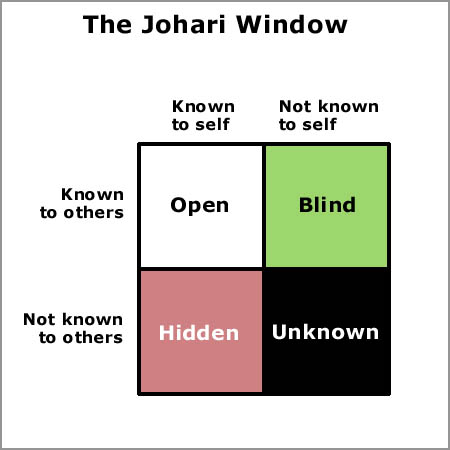Intrapersonal Communication is the most basic of the communication contexts or levels. It occurs when an individual sends and receives messages internally. We spend most of our time thinking. And our thought process is nothing but intrapersonal communication where one person is sending messages and the same person receives them. Here we use the central nervous system (CNS) and peripheral nervous system (PNS) for generation, transmission and receiving of messages. We react to both external and internal stimuli this way. In addition to our thought process, many times we also talk aloud with ourselves.
Intrapersonal communication involves our intellect as well as our physical and emotional sensations. The way we communicate with ourselves reflects the various aspects the self-physical, emotional, intellectual and social. It also reflects our habits, roles, attitudes, beliefs and values. Intrapersonal communication is not just a level of communication; it is in fact the very basis of all communication. While participating in the higher levels of communication like interpersonal communication, group communication, and mass communication, we also indulge intrapersonal communication. And it takes place every moment that we are alive.
To understand intrapersonal communication, we need to understand ourselves. At the physical or physiological level or what is called the ‘physical self’, we have our bodily parts, the various systems that perform the bodily functions like digestion, breathing, circulation, elimination of bodily wastes, etc. also there are the five senses that help us receive external stimuli. Then there is processing of stimuli-both external and internal.
Next there is the ‘emotional self’ which prompts our emotional responses-as in case of our responses to stimuli like fright, flight and fight, etc. our ‘intellectual self’ involves mental actions or behavior like word and sentence formation, use of comparison, use of logic and reasoning, problem solving, and decision making, etc.
Though we think that we know everything about ourselves, but there is more to the self-concept. This is because we maintain separate private and public selves. These have been illustrated by the social scientists Joseph Luft and Harrington Ingham. They created a model called the Johari Window. This model compares various aspects of open (public) and closed (private) communication relationships.
The ‘open’ section in the diagram represents self-knowledge that you are aware of and are willing to share with others. The ‘hidden’ section represents what you are aware of but is not willing to share. The ‘blind’ section represents information, which you do not know but others know. The ‘unknown’ section represents what is unknown both to you and to others. These sections vary according to our relationships with others. In a close relationship the open portion will be considerably larger than the hidden area. When we communicate with a casual acquaintance, our hidden area will be the largest area in the Johari Window.
This model can be used effectively to increase our self-awareness. This self-awareness or self-concept is not inborn. It develops as we grow through our communication with others and from our environment.
Specifically, it develops from three contributory factors:
- Our past experiences
- The reference groups we identify with and
- The roles we play in our lives.
Our interactions with these three factors have affected and continue to affect our self-concept. Our past experience makes us what we are. It shapes the way we feel about ourselves and the way we react to others. A child who is neglected and criticized at home may develop a negative self-concept. Our experiences at home, family members, relatives, friends, school, college, work place, etc. contribute immensely to the development of our self-concept.
Through our life cycle, from birth to death, we play a number of roles. These are ascribed (or allotted roles) and achieved roles. We do not have any control over our ascribed roles. These include gender role (that are biologically determined —son, daughter, brother, sister, father, mother, etc) and social roles (that are socially determined and defined by our environment). Social roles include being friends, foes, teacher-taught, neighbors, etc. The achieved roles are earned through individual accomplishments. A person becomes a champion athlete or a leader or the president of a company by way of individual achievements. Both the ascribed and the allotted roles help shape our self-concept.
